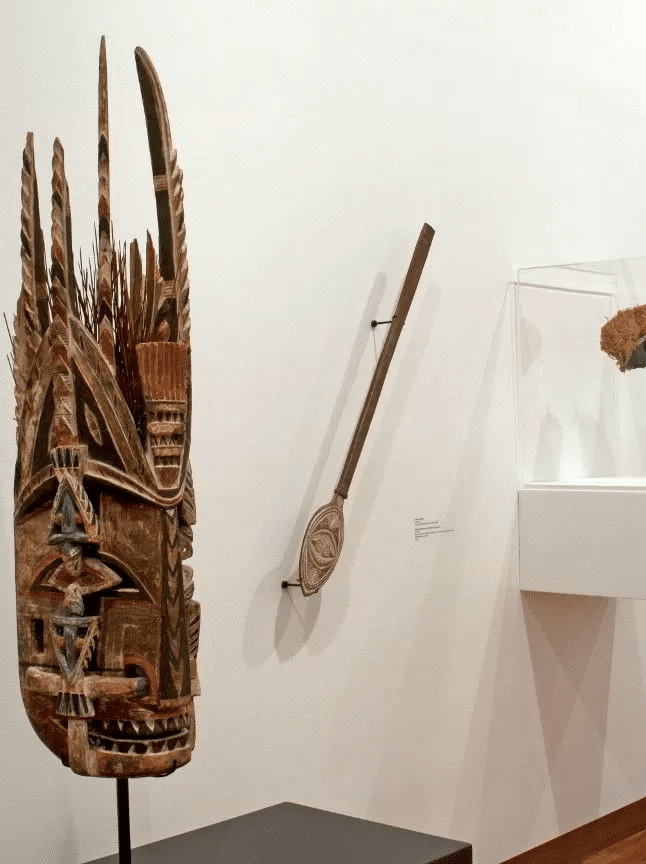There’s no denying that Australia has a unique and diverse environment and also boasts a large cultural appeal. This makes it easy to see why so many people are keen on setting up and hosting various types of exhibitions throughout the country.
If you’re getting ready to arrange your first exhibition, you will need to arrange everything from a suitable venue to the ideal exhibition display services to house your collections, artifacts, and products. This post takes a closer look at a few tips to keep in mind during your planning phase.
Exhibition Basics to Keep in Mind
If you’re thinking of hosting an exhibition, you may already have an idea of the process you should follow. If not, then you’ll appreciate the tips and guidelines we’re about to share.
Create a Concept
The most significant step in setting up an exhibition is to decide what type of exhibition you want to have. Choose a central theme that will tie the various exhibits together. It’s a good idea to share a single message that’s evident in all the displays and literature. For instance, will you be hosting an art exhibition or focusing on modern up-and-coming tech gadgets?
During this step, you also need to find participants for your exhibition. Will you be including private collections, your own merchandise, or current and trendy brand ambassadors? This phase will require extensive research and networking. Involving more people in your exhibition is an effective way to share costs.
Select a Venue
The next step involves finding a venue to handle the type of exhibition you want to host. Keep in mind that you will need to find an affordable space that not only suits the size of your exhibition but is also easily accessible for your target audience. Strong ventilation and good lighting are key elements to look for.
Obtain the Correct Display Solutions
It’s essential to note that preparing your exhibition space should involve using a reputable exhibition display service for the best storage solutions for the items on display. This is essential because you will need to keep the items safe from touching, theft, and potential damage.
With a wide range of display cases, plinths, and partitions available in different shapes and sizes, you’ll easily be able to find the best and safest solution for your exhibit. Remember to factor the sizes of your display cases into your floor plan to ensure that your audience can move around freely and be able to see the exhibits clearly. No one wants to attend an exhibit in a cramped space.
Additional tips to make your display areas more effective include the following:
- Display cases and solutions should be suited to the theme as well as the objects on display.
- Opt for display cases with additional LED lighting to ensure that items can be viewed clearly.
- Use your display cases to guide the flow of traffic so that you don’t have clusters of people blocking the exhibits.
- Display cases, shelves, hooks, and plinths should always be clean and look professional.
To keep your exhibition engaging, you should consider incorporating digital images, photographs, story pages, videos, and other interactive experiences. These should be designed to keep your audiences interested in the displays and the message you want to share.
Market Your Event
Once you have all the groundwork sorted, you should move on to the marketing aspect of your exhibit. This involves creating a promotional campaign on all your social media platforms, setting up a dedicated website, as well as the platforms used by ay vendors and collectors that are taking part in your event.
The goal here is to inform as many people as possible of your exhibition. Our experts recommend using a few old-school marketing techniques as well. This can include printing flyers and setting up posters. This has proven to be especially effective around the exhibition site. It’s also a good idea to invite key contacts and clients.
Plan for Additional Staff
No matter how small your exhibition is, it’s essential to hire staff who can help you on the day. The criteria here are that the staff be knowledgeable about the exhibits, and they should also be able to engage with visitors. It’s a good idea to provide training materials beforehand so that each person can read up on the exhibits and their importance. This will also help them answer questions.
Schedule an Opening Event
Some experts recommend arranging an opening event for your exhibition. This is especially effective if your event is running for a few days. An evening opening is typically arranged as a private view for VIP guests who have been specially invited. Here you should include special interactive events such as talks, speeches, and refreshments.
Final Thoughts
Preparing for your first exhibition doesn’t have to be stressful. Simply use our tips and guidelines to help you get started. Having a clear goal and doing the right amount of preparation will see your exhibition being a resounding success!


